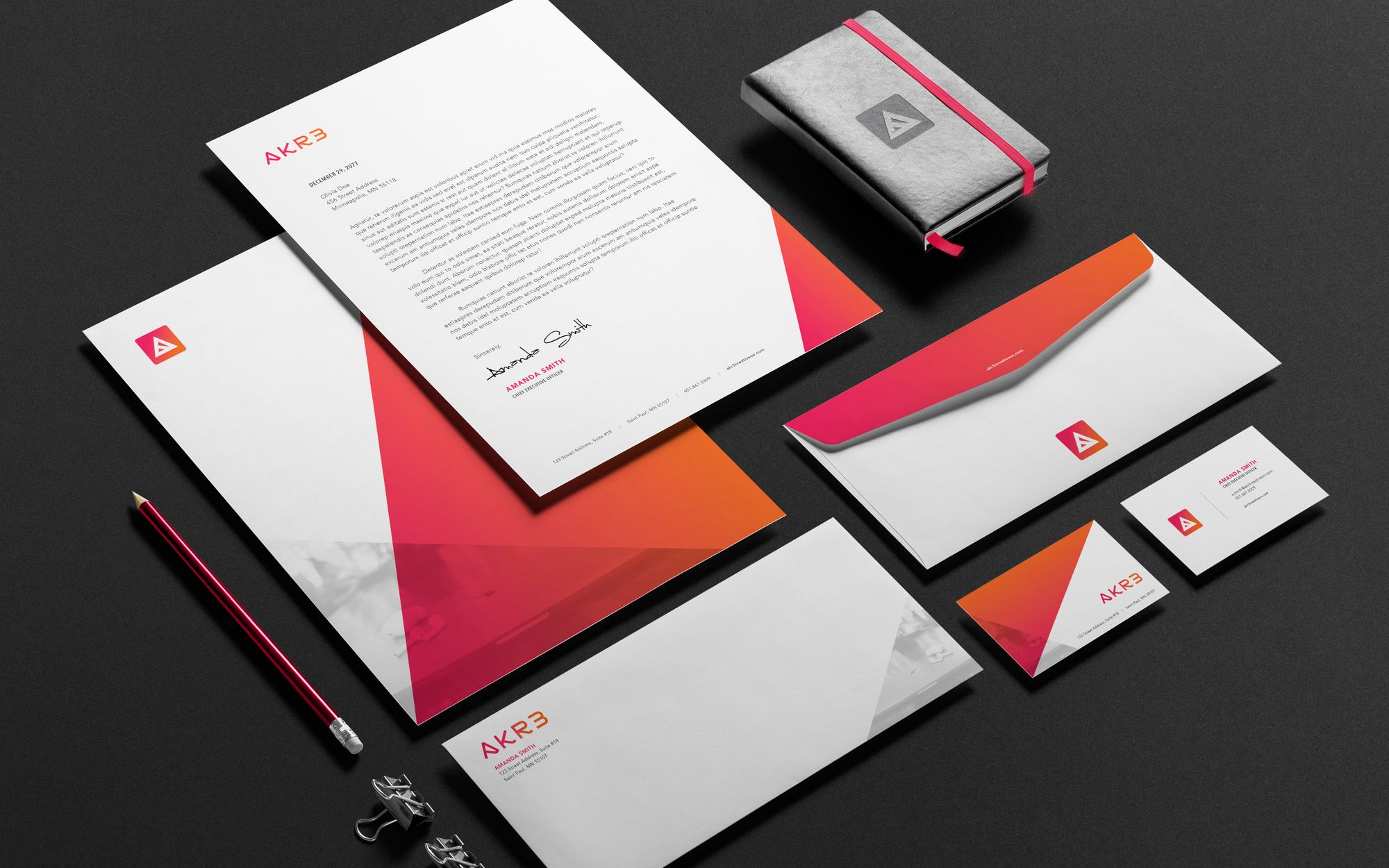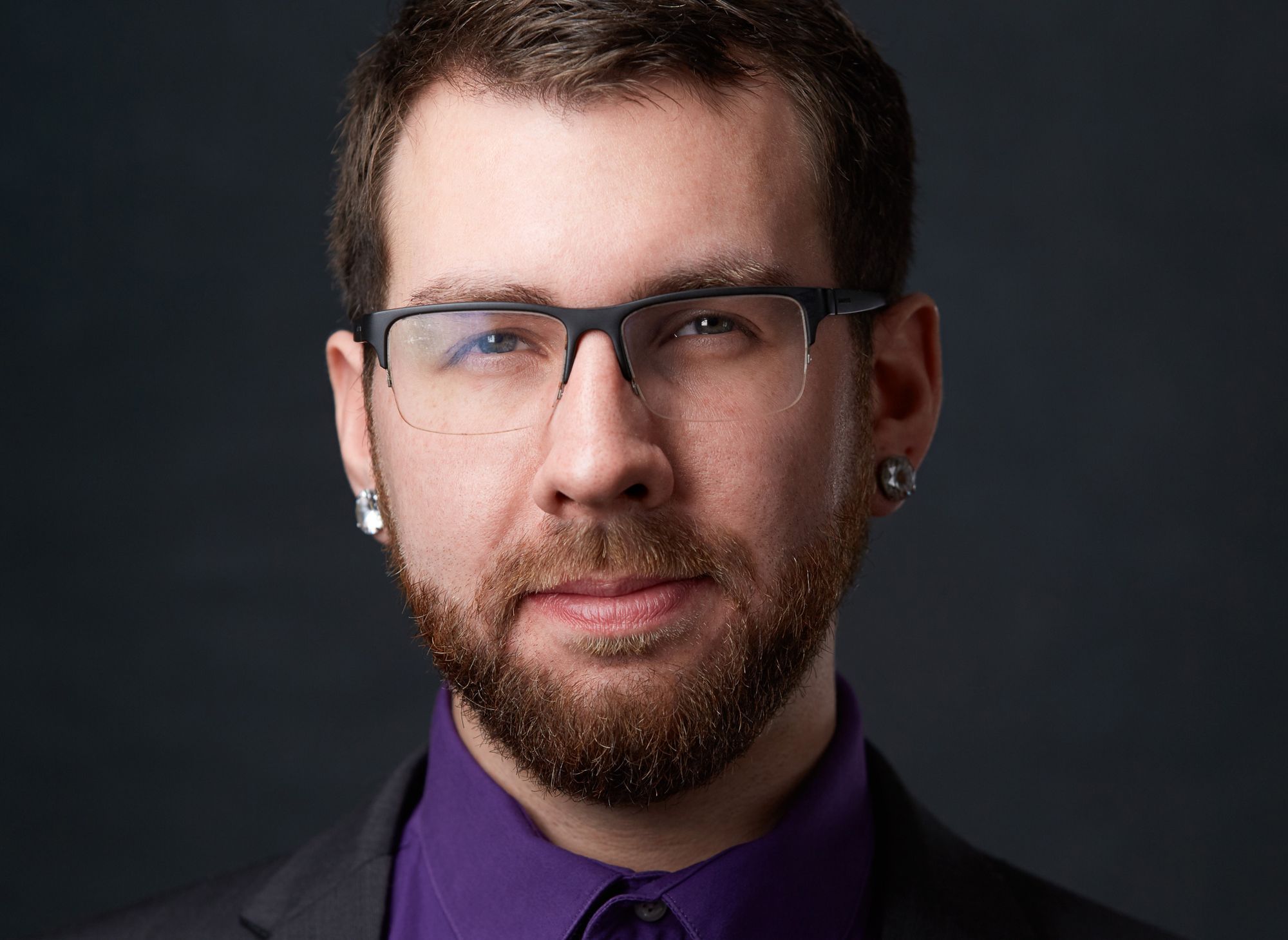Interested in starting your own entrepreneurial journey in graphic design but unsure what to expect? Then read up on our interview with Brett Hurlbut, founder of Brett Hurlbut Creative, located in St. Paul, MN, USA.
What's your business, and who are your customers?
Brett Hurlbut Creative helps entrepreneurs, startups, and established companies build and promote their products or services through a variety of different design and creative strategy offerings. The design services that I offer range from logo and print design to event and retail experience design. But beyond the services that I offer, I think what my clients find most valuable is that I provide them with nearly a decade of agency experience and insight working with some of the biggest brands in the world, but in a far more approachable and accessible package.
I believe that small businesses need access to great design just as much as large brands do (if not more). Unfortunately, “great” design is often reserved for the highest bidders (large companies with large marketing budgets), and while you won’t find me slingin’ logos on Fiverr, the experience that I bring to the party certainly outweighs the burden on my clients’ pocketbooks. Currently, my client roster is very diverse from an industry and project perspective, but the one thing that they all share is a desire to elevate their brand and an apparent passion for their product or service that inspires me to want to play a role in bringing their vision to life.

Tell us about yourself
From 2011 to 2020, I worked my way up the creative ladder from a Junior Graphic Designer to the Director of Strategy & Creative at cmnd+m—a St. Paul-based experience design agency that has brought to life brand experiences in all shapes and sizes for companies like Google, Target, Beats by Dre, Ecolab and the Minnesota Wild. Despite getting to work on some amazing and innovative projects, my desire to do something with design on my own was constantly in the back of my mind.
During my last couple of years at the agency, I found myself increasingly mired in a workload that was more business operations focused than it was creative, and my desire to simply focus on design grew insatiable. After a gratuitous amount of deliberation, I decided that it was time to put all of the experience that I gained and the skills that I honed to the test and ventured out on my own to be a freelance designer full-time.
What gets me out of bed each morning is that no two projects or days are ever the same. Each design project that I take on offers a unique creative problem to solve or a goal to achieve, and that keeps things fresh. There is also no shortage of design-centric pet projects that I am now able to sprinkle into the mix, some of which may spark new business ventures down the road, and that is always exciting to work toward.
What's your biggest accomplishment as a business owner?
Honestly, I think the biggest accomplishment was leaving the agency where I had stability (which I wholeheartedly value) and taking the leap of faith to start something of my own, even though it technically happened prior to officially becoming a business owner. While it may seem mundane, I spent years doing mental gymnastics—weighing the pros and cons, dissecting my non-compete, running all the possible scenarios, etc. So, given how many personal barriers I had to demolish, I am proud to have truly pushed myself out of my comfort zone to pursue what I am doing today. In return, freelancing is full of accomplishments as I find a lot of joy in adding rocket fuel to the design initiatives of entrepreneurs and businesses that may have otherwise settled for off-the-shelf creativity.
What's one of the hardest things that come with being a business owner?
While this may be geared a bit more for my industry specifically, I think that one of the biggest challenges about having a freelance design business is managing the inherent inconsistencies of creative projects. The work that I do for clients can be quick 24-hour turns or 6-month endeavors with a variety of design deliverables. And these design projects are also susceptible to expected and unexpected extensions or reductions which only add to the inconsistency. Anyone in the design industry reading this is probably thinking, “yeah, duh.” And while they certainly aren’t wrong, knowing that this is par for the course doesn’t negate the reality that this ebb and flow of workload can pose a number of challenges that need to be managed in addition to maintaining quality work for clients.
What are the top tips you'd give to anyone looking to start, run and grow a business today?
- No business is too small to begin investing in building its brand. There is no shortage of new products, services, and business ideas being generated, and this might mean more competitors in your space. Some consumers have very tactical needs, while others are looking to support businesses that align with their values or “feel good” to them. Brand building transcends simply having a solid logo and often requires an intimate deep dive into personifying your business to help inform how you best express yourself visually and via messaging to maximize engagement and loyalty.
- Always prioritize what your customers or users need and want. While this seems obvious, don’t underestimate the ability of your subjectivity to slowly creep in and try to get you to drift away from what your customers or users actually value. I have worked with countless entrepreneurs, marketing managers, etc., who had access to direct feedback from their audiences and continued to make decisions in a silo. Sometimes it’s worth taking a moment to remind yourself that while it’s your business and your product or your service—you aren’t the audience (even if you fit the demographics).
- Keep learning. For those in my industry, this means proactively seeking new skills to add to your arsenal. The design industry is constantly evolving at a rate that can sometimes lead to insecurities about your relevance. By continuing to learn directly within and adjacent to your design discipline, any anxiety you may experience about your clients replacing you with Canva (or the next autodesign.exe app) should subside. This doesn’t mean that you will be immune to pressure or never be uncomfortable because, to be honest, if you are never uncomfortable, then you probably aren’t pushing the boundaries of “what’s possible” enough.
Where can people find you and your business?
Website: https://bretthurlbut.com/
Facebook: https://www.facebook.com/BrettHurlbutCreative
Instagram: https://www.instagram.com/bretthurlbutcreative/
LinkedIn: https://www.linkedin.com/company/brett-hurlbut-creative/
If you like what you've read here and have your own story as a solopreneur that you'd like to share, then email community@subkit.com; we'd love to feature your journey on these pages.
Feel inspired to start, run or grow your own subscription business? Check out subkit.com and learn how you can turn "one day" into day one.
